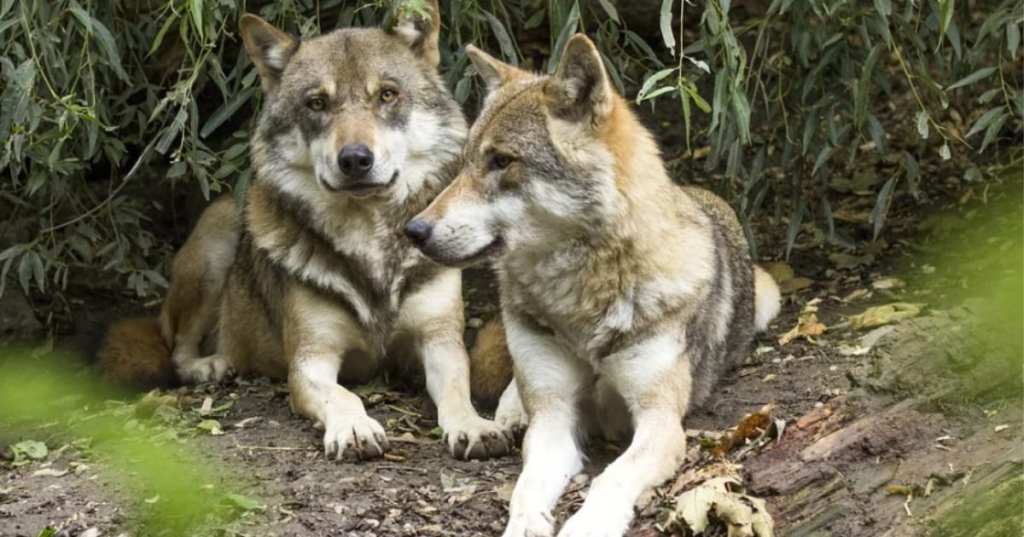The quartet of wolves aren’t just tourists checking out the sights; they were helicoptered into Isle Royale national park to dine on some very fine Michigan moose.
The moose population in the state has reached critically high levels without any of their natural canine predator left in the area, but killing moose is only part of the wolves’ mission in the States. Wildlife specialists at the Ontario Ministry of Natural Resources and Forestry (OMNRF) are really hoping that their introduction will help revive what was once a thriving wolf population.
The technique is called rewilding, and these four (one female, three males) will join a pair who were previously introduced to the Isle. The plan is to bring in another 14-24 wolves over the next three to four years in the hopes they will form a pack, and wolf cubs will follow.
Isle Royale used to be connected to the mainland via an ice bridge for around 50 days every year, allowing wolves to come and go as they pleased, but climate change has caused individuals to get stranded on the island or the mainland, no ice bridge in sight.
In 2016, before the current wilding program took place, only 2 wolves remained on Isle Royale. And as the number of wolves dwindled from their previous population of 50, the island’s moose population boomed, straining other resources and preventing smaller herbivores from getting enough food.
The current program is stressful for the scientists and conservationists involved but perhaps more so for the wolves, says Michigan ecologist John Vucetich. After all, they’re being trapped, handled by humans, and dumped in unfamiliar territory with wolves they’ve never met.
“They live in families, so imagine what happens to a dog when they’re plunked into a foreign place. They are being introduced to each other. It’s tense and nervous – and it’s tough to find food in a new place. It’s stressful.”
That said, the ex-Canadian wolves seem to be doing well in their new home, at least for now. That could change as the federal government considers revoking their protected status under the Endangered Species Act. Wolves in Wyoming were delisted, as were the ones in the Western Great Lakes, but both populations were later added back to the list.
On Isle Royale, project manager Mark Romanski and the others involved are so far happy with how things are going.
“I am even more blown away by the resilience of these wolves who within hours after undergoing capture and handling and arriving on Isle Royale, immediately got on the trail of their pack mates.”
And as far as completing the other part of their mission, well, Romanski says that “these large males, all around 90 pounds, will almost certainly know what to do when they encounter a moose.”
Bad news for the moose, I suppose, but good news for the wolves and the rest of the ecosystem on Isle Royale, which exists – like the rest of the planet – in a delicate and easily disrupted balance.






